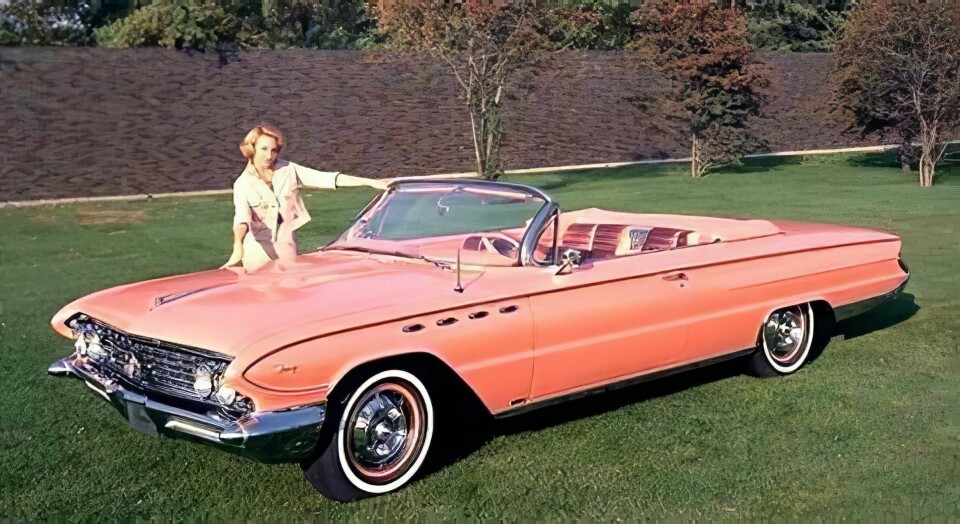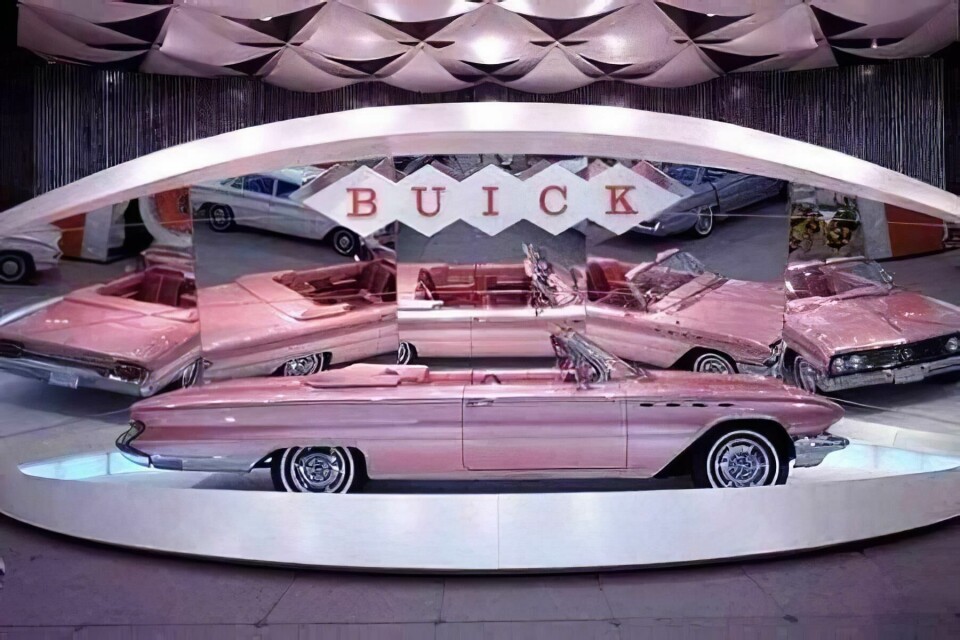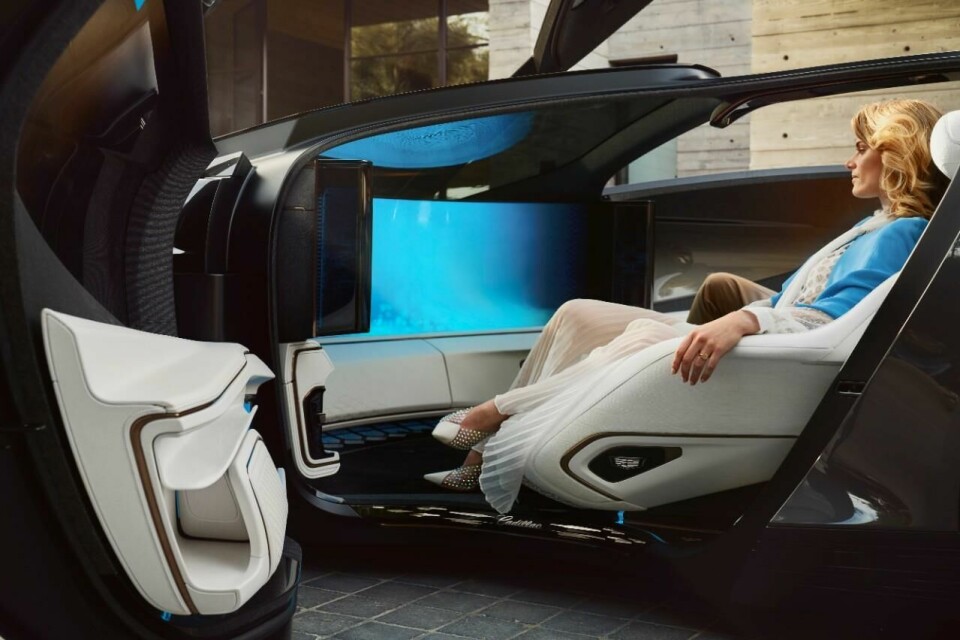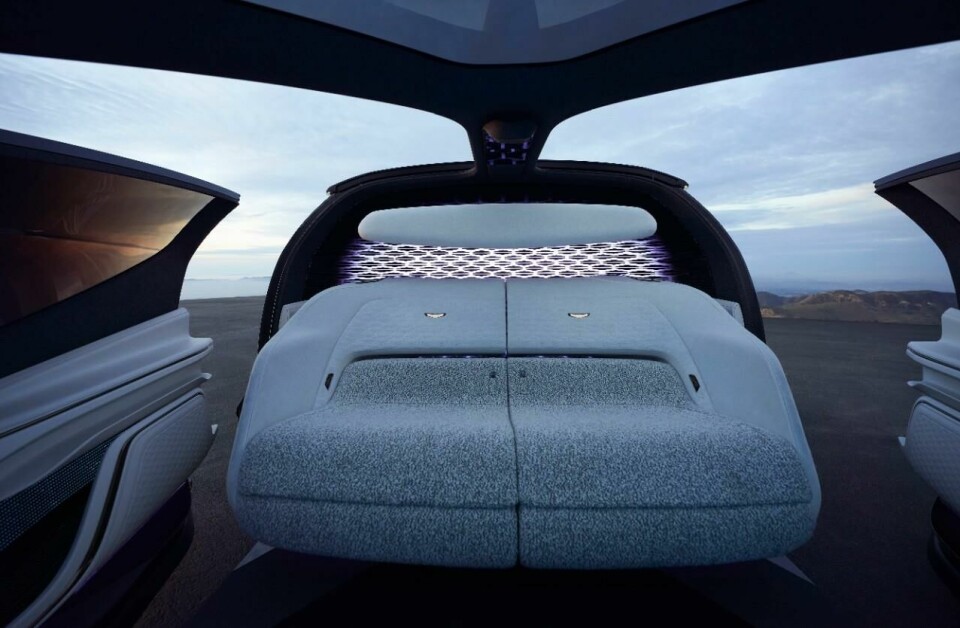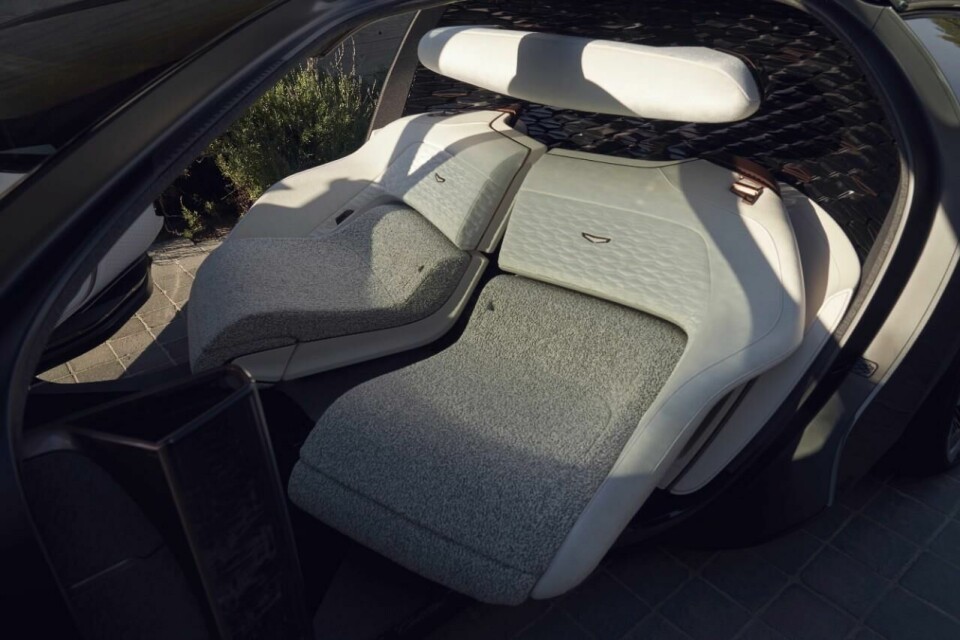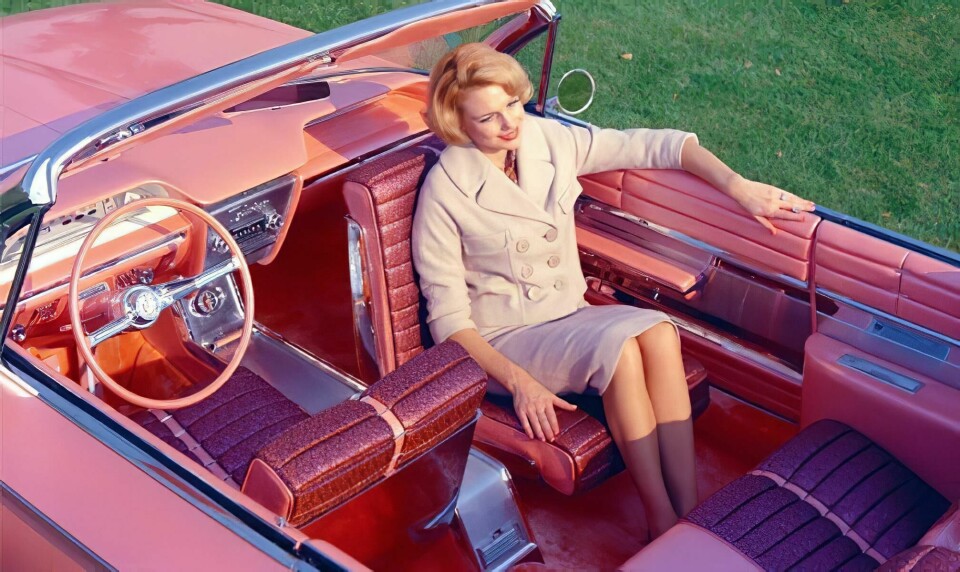
Flashback: car seats that swivel
First designed as a convenience and a novelty, the swiveling seat may yet have something to say about the future of the automotive interior
Designed to make ingress and egress from the car easier, the swivel seat has a long history but one that is highly dependent on consumer trends. In the US, it has appeared on production and concept vehicles since the 1960s, though in limited numbers, and for limited times.
The swivel seat first appeared in production Chrysler products around 1960, with front seats that swiveled modestly (about 40-45 degrees). It was more a novelty than a genuine innovation, but was popular with Chrysler buyers and judged to be a real convenience.
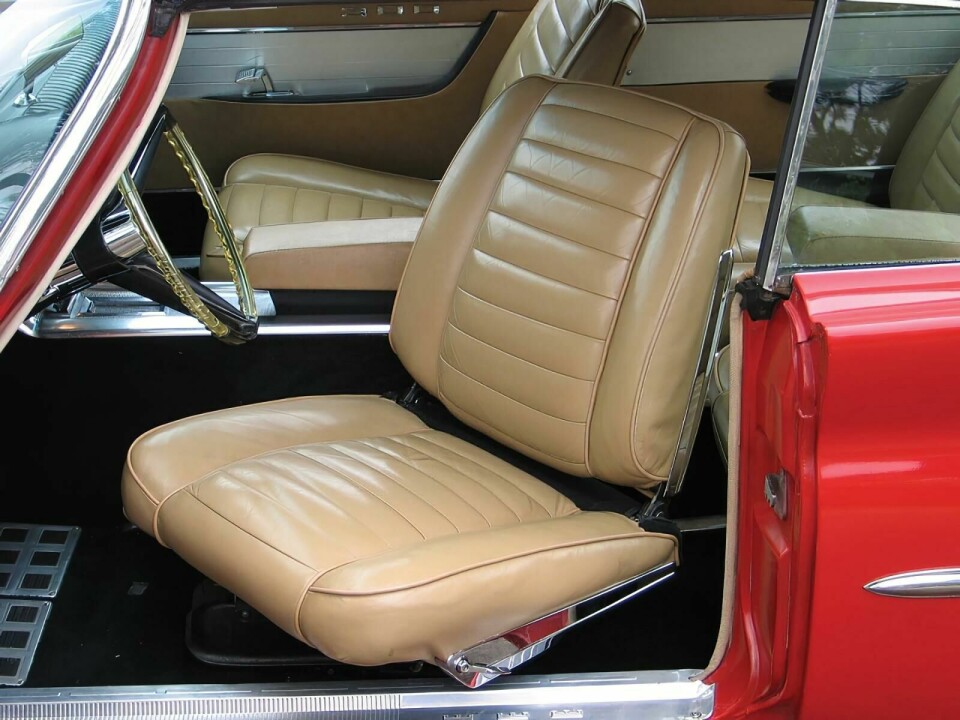
A Buick concept, the Flamingo, from 1961, took the concept further, with a passenger seat that swiveled a full 180 degrees, allowing the interior of the car to be more of a social space. The car, painted a then-new pearlescent pink, shimmered both on the show floor and out on the road. The interior was also a striking pink, with pink leather and cranberry brocade on the seats and door cards. It was a car to be seen and be seen in, with luxury and style, perfect for the “Camelot” of the Kennedy years in the US.
The Flamingo hit on one of the principal features of the swiveling seat. It helped shape the car as a social space, not just a transportation device or a street racer. Chrysler was paying attention, and in certain Newport packages later in the decade the front passenger seat would indeed swivel 180 degrees, and a table could pop-up to create a mobile executive lounge.
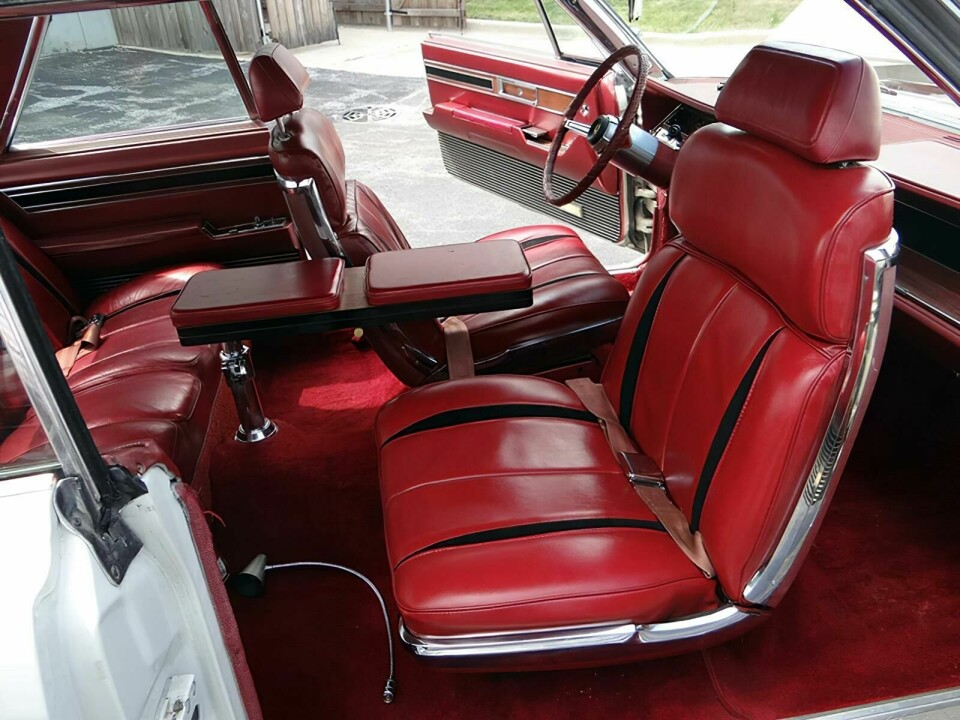
Later – much later – Chrysler would revisit the lounge theme with “Swivel and Go” seats for its minvans. This feature allowed the second-row seats to be turned 180 degrees to face the third row, and a table could pop up to create a sort of space-within-a-space. The seats were a short-lived feature, however, as Chrysler eliminated them in favour of the foldable “stow-and-go” seat.
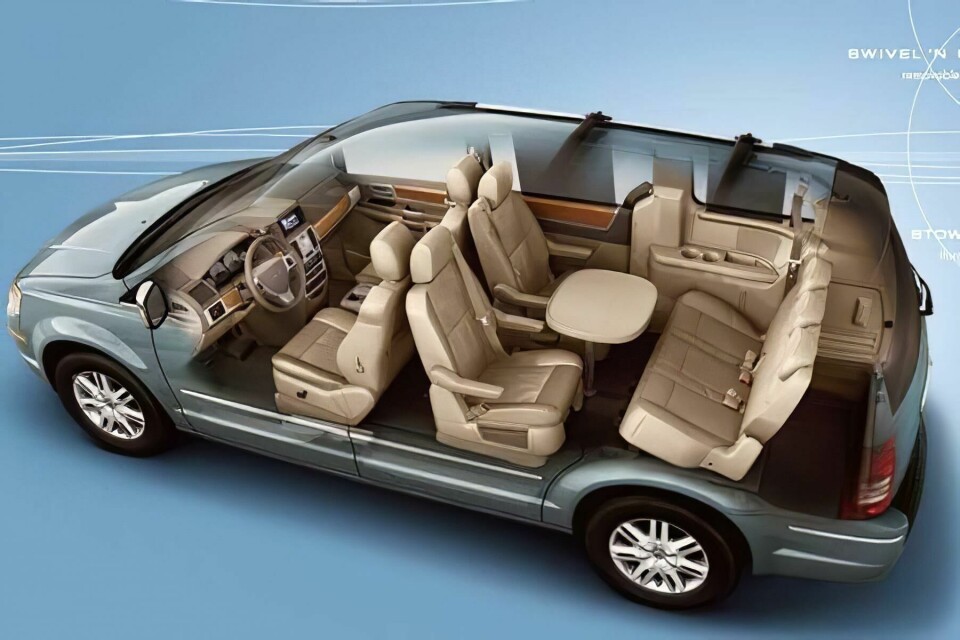
Is there a future for the swivel seat? Perhaps. Certainly, it is worth considering in the coming era of autonomous vehicles. The Cadillac Innerspace concept of last year proposed one solution. A true autonomous lounge, with no human driver, the banquette splits to allow each part to swivel to welcome occupants – and then swivels back to form a bench seat, about the size of an American “love seat”, a short couch. It’s an interesting look at the possibilities ahead.
Did the swivel seat predict the “lounge” concept of the automotive interior? No, but it certainly helped in its conception. Autonomous technologies may bring the lounge typology to its complete realisation.
